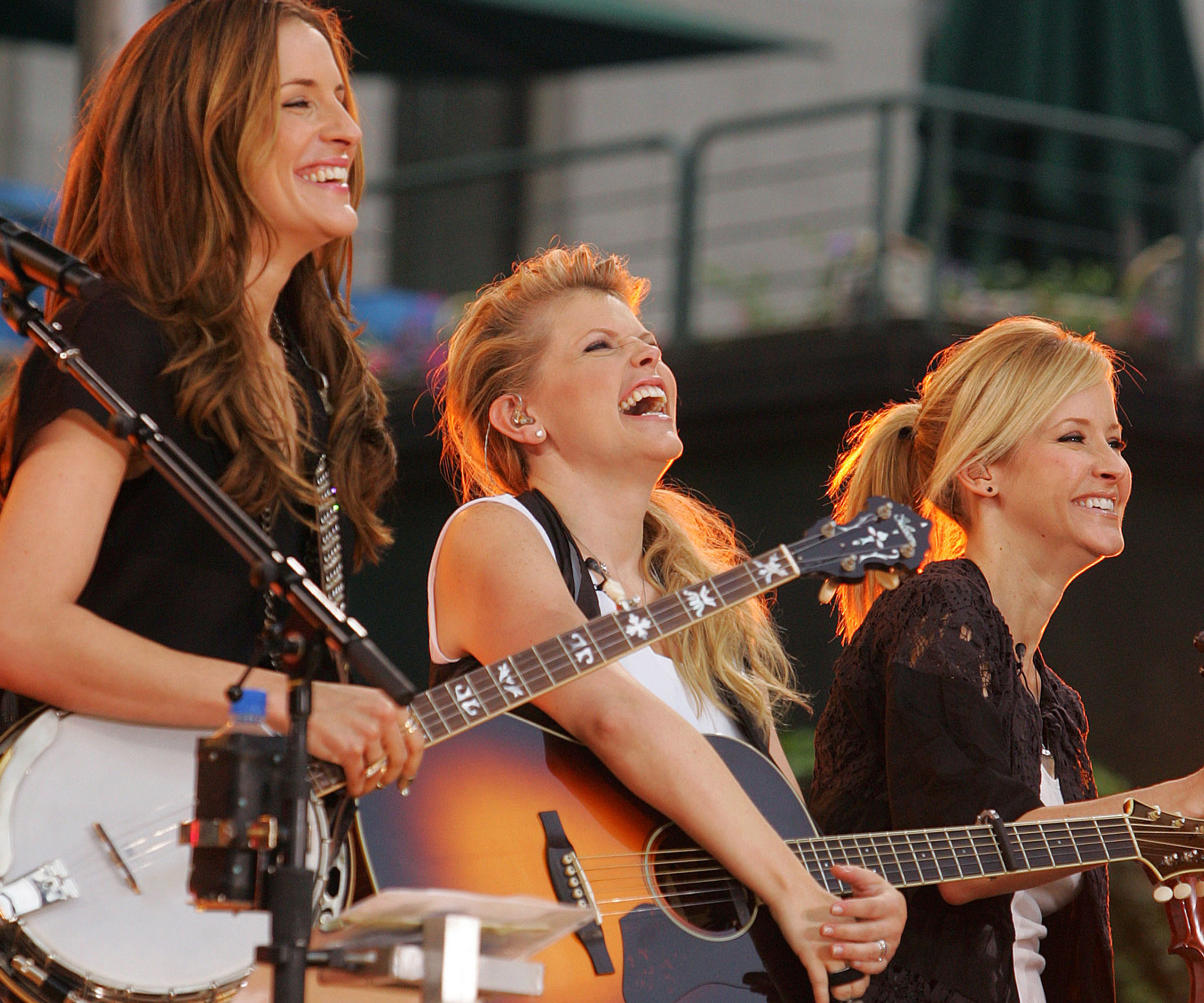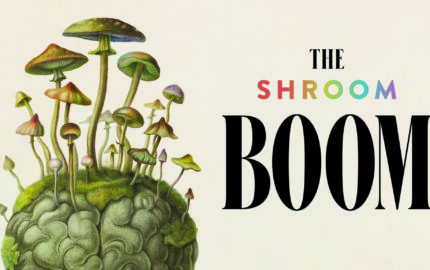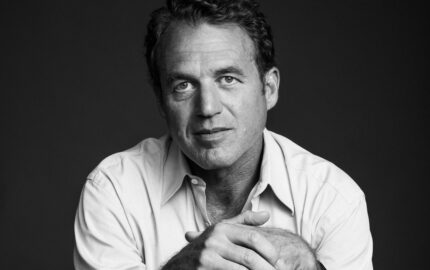It's probably a good thing I missed the memo about suggested attire to the Chicks concert earlier this month. I don't have a straw cowboy hat. My days of strappy tank tops and butt-tight cut-off jeans are best behind me. Even the Western boots I've kept, nostalgia being what it is, stay in the closet.
It's also OK that I don't know all the words to all the songs so couldn't join the 20,000 others who were screech-singing along. If I have a face made for radio (which I was told eons ago when I knocked at the door of a broadcast career), I have a voice made for print. Besides, I was one of maybe three people wearing a mask, so any screech-singing would just bounce back down my throat.
Beyond that, what a needed romp into energy. And what a great reminder that stories can be told in several ways on several levels.
This was my first in-person concert in more than a decade — a gift from a friend for one of those Big Number Birthdays. We had great seats at the Gorge, a stunning outdoor amphitheater in south-central Washington. We sat — well, stood and rocked — sixth row slightly left of center stage. We watched the sun go down over the Columbia River in front of us as the last super moon of 2022 rose behind us. A young woman in a thigh-high sundress kept falling against my friend — which was nice for his ego until I suggested that the wine-beer-margarita tent wasn't far away. When she tried to lean over him to screech-ask me if the Chicks was my favorite-band-of-all-time-ever, I just shrugged and pointed to the bus-sized speakers booming above us. Truth is, I couldn't make out a word of her question, or even the songs, with any certainty.
That, and the traffic in and out of the Gorge, reminded me why I prefer to listen to music in the quiet of my own home, when I can adjust the settings on my old sound system and cheat by reading the liner notes. I wish I understood the underpinnings of music more than I do. I like to hear the words — the story — that the music conveys. So I was a bit frustrated, until I realized the story was all around me.
I was just listening wrong.
Instead of just hearing the story, I needed to feel it: percussion pounding up through my feet, guitar riffs coming through my fingertips, the joyful energy of a crowd that bounced beachballs and each other along.
And I could see it. Even before the Chicks took the stage, they set up their story. Old clips of female musicians — always female, from Leslie Gore to Pat Benatar to the GoGos to Tina Turner — played on the giant video screens. Then during two hours of non-stop energy, the screens behind the Chicks carried the theme forward: marching cheerleaders from the 1960s and marching protesters from later years; Russian President Vladimir Putin's head photoshopped on a baby's body as it floated by in a boat while the five conservative U.S. Supreme Court justices floated by in another. The images that hit me hardest: the infamous Daisy Girl ad from the Johnson-Goldwater presidential battle in 1964 and a long, long, long list of the names of Blacks killed by police since we have finally started paying attention.
The through-line throughout, of course, was the music. The playlist was a narrative unto itself — a story of three women who came out of the strappy tank-top world of Texas country music, then ditched the former "Dixie" definition of their brand. They decided they wouldn't just shut up and sing, they wouldn't make nice or back down, they were mad as hell, they refused to be gaslighted and, in a haunting tribute to late Supreme Court Justice Ruth Bader Ginsburg and all women of all times, they sang one of their newer refrains: Stand up, show love, for her, for her. Lead singer Natalie Maines belted unapologetic songs wearing an unapologetic t-shirt that declared, in sequins, "It's My Body."
The story they told was political, feminist and bold. Even when they detoured into early standards, about a Vietnam soldier who came home in a casket to the infatuation with a cowboy who would take them away, the theme stayed true. And the kicker, released the same year as that cowboy love fantasy (1999): Earl is still in the trunk.
The storyline of that evening became even stronger when I read, in The New York Times Magazine, a gorgeous profile of Texas singer-songwriter Willie Nelson, on the eve of his 90th birthday. (For a bit of perspective, one of the Chicks, Emily Strayer, turned 50 last week.) I have long been a fan of Nelson's music. I have, alas, never seen him in concert and didn't know, until I read Jody Rosen's profile, that he never has a set playlist for his live concerts. He usually starts them with "Whiskey River," and riffs from there. And yet, he tells a story I want to follow.
Find your own takeaway from this, just like you find your own music. What sustains me is how the story, itself, sustains and how the best of the storytellers keep pursuing the story.
*** A version of this post was first published Aug. 19, 2022, as the Nieman Storyboard newsletter.
It's also OK that I don't know all the words to all the songs so couldn't join the 20,000 others who were screech-singing along. If I have a face made for radio (which I was told eons ago when I knocked at the door of a broadcast career), I have a voice made for print. Besides, I was one of maybe three people wearing a mask, so any screech-singing would just bounce back down my throat.
Beyond that, what a needed romp into energy. And what a great reminder that stories can be told in several ways on several levels.
This was my first in-person concert in more than a decade — a gift from a friend for one of those Big Number Birthdays. We had great seats at the Gorge, a stunning outdoor amphitheater in south-central Washington. We sat — well, stood and rocked — sixth row slightly left of center stage. We watched the sun go down over the Columbia River in front of us as the last super moon of 2022 rose behind us. A young woman in a thigh-high sundress kept falling against my friend — which was nice for his ego until I suggested that the wine-beer-margarita tent wasn't far away. When she tried to lean over him to screech-ask me if the Chicks was my favorite-band-of-all-time-ever, I just shrugged and pointed to the bus-sized speakers booming above us. Truth is, I couldn't make out a word of her question, or even the songs, with any certainty.
That, and the traffic in and out of the Gorge, reminded me why I prefer to listen to music in the quiet of my own home, when I can adjust the settings on my old sound system and cheat by reading the liner notes. I wish I understood the underpinnings of music more than I do. I like to hear the words — the story — that the music conveys. So I was a bit frustrated, until I realized the story was all around me.
I was just listening wrong.
Storytelling in multiple dimensions
Instead of just hearing the story, I needed to feel it: percussion pounding up through my feet, guitar riffs coming through my fingertips, the joyful energy of a crowd that bounced beachballs and each other along.
And I could see it. Even before the Chicks took the stage, they set up their story. Old clips of female musicians — always female, from Leslie Gore to Pat Benatar to the GoGos to Tina Turner — played on the giant video screens. Then during two hours of non-stop energy, the screens behind the Chicks carried the theme forward: marching cheerleaders from the 1960s and marching protesters from later years; Russian President Vladimir Putin's head photoshopped on a baby's body as it floated by in a boat while the five conservative U.S. Supreme Court justices floated by in another. The images that hit me hardest: the infamous Daisy Girl ad from the Johnson-Goldwater presidential battle in 1964 and a long, long, long list of the names of Blacks killed by police since we have finally started paying attention.
The through-line throughout, of course, was the music. The playlist was a narrative unto itself — a story of three women who came out of the strappy tank-top world of Texas country music, then ditched the former "Dixie" definition of their brand. They decided they wouldn't just shut up and sing, they wouldn't make nice or back down, they were mad as hell, they refused to be gaslighted and, in a haunting tribute to late Supreme Court Justice Ruth Bader Ginsburg and all women of all times, they sang one of their newer refrains: Stand up, show love, for her, for her. Lead singer Natalie Maines belted unapologetic songs wearing an unapologetic t-shirt that declared, in sequins, "It's My Body."
The story they told was political, feminist and bold. Even when they detoured into early standards, about a Vietnam soldier who came home in a casket to the infatuation with a cowboy who would take them away, the theme stayed true. And the kicker, released the same year as that cowboy love fantasy (1999): Earl is still in the trunk.
The storyline of that evening became even stronger when I read, in The New York Times Magazine, a gorgeous profile of Texas singer-songwriter Willie Nelson, on the eve of his 90th birthday. (For a bit of perspective, one of the Chicks, Emily Strayer, turned 50 last week.) I have long been a fan of Nelson's music. I have, alas, never seen him in concert and didn't know, until I read Jody Rosen's profile, that he never has a set playlist for his live concerts. He usually starts them with "Whiskey River," and riffs from there. And yet, he tells a story I want to follow.
Find your own takeaway from this, just like you find your own music. What sustains me is how the story, itself, sustains and how the best of the storytellers keep pursuing the story.
*** A version of this post was first published Aug. 19, 2022, as the Nieman Storyboard newsletter.



